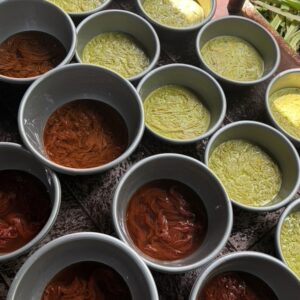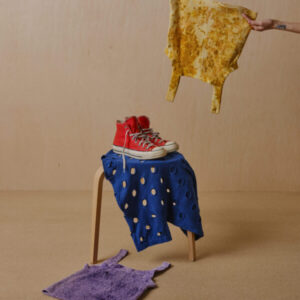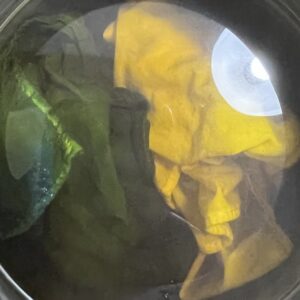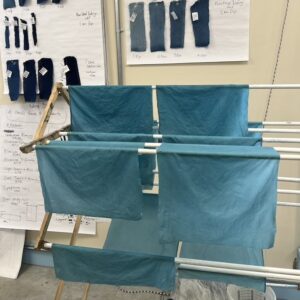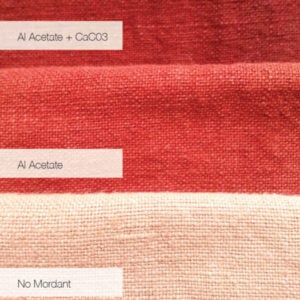Mordant Monday: Ceriops Tagal (No Mordant Required!)
Pictured here is our drying line from our recent tour to The Threads of Life Bali. The black pieces are Ceriops overdyed in Indigo. Today, we’re taking a look at Ceriops Tagal, a “red” tannin from Indonesia, and a color that is rich in history and traditional use. We are excited to present it to you again as it was one of our favorite dyes to work with while we were at The Threads of Life Bali. At Botanical Colors, we recognize that the mangrove species is threatened due to widespread clearing of mangrove forests for timber, fish farming and … Read more



